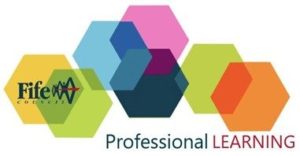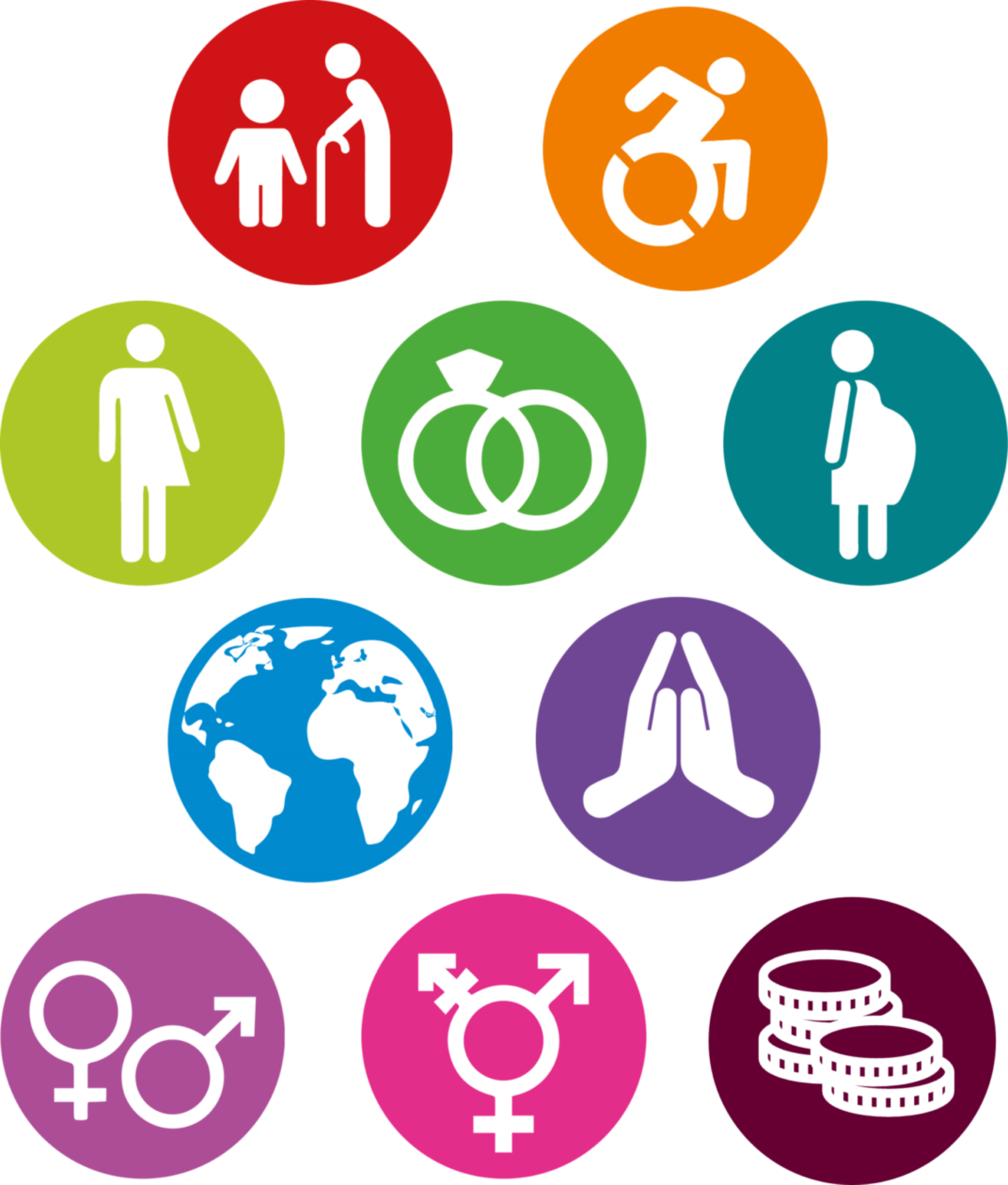Teachers should undertake further professional learning around bias, in all its definitions, to support understanding as to how bias can impact on your actions and decisions and cause discrimination. A greater understanding of bias will, in turn, increase your ability to open discussions and sensitively, and knowledgeably, challenge bias and discrimination. However subtle an incident, by addressing the root cause of bias or discrimination – as opposed to shutting down or silencing discussions around incidents – you demonstrate the seriousness of the situation.
adapted from Equality and Diversity: A guide for teachers. GTCS
There are 2 types of biases: Conscious (or explicit) bias and Unconscious (or implicit) bias.
What is unconscious bias?
Unconscious (or implicit) bias is a term that describes the associations we hold, outside our conscious awareness and control. Unconscious bias affects everyone.
Unconscious bias is triggered by our brain automatically making quick judgments and assessments. They are influenced by our background, personal experiences, societal stereotypes and cultural context. It is not just about gender, ethnicity or other visible diversity characteristics – height, body weight, names, language use, and many other things can also trigger unconscious bias.
Unconscious bias can have a significant influence on our attitudes and behaviours, especially towards other people. It can influence key decisions in the classroom or school and can contribute to inequality, for example in assessment, selection and recruitment, or promotion.
adapted from Unconscious Bias, Imperial College
Unconscious bias is far more prevalent than conscious prejudice and is often incompatible with our own conscious values. We should all try to become more aware of our implicit or unconscious bias so that when making important decisions we can take care to consider our actions to ensure they are not affected by bias.


